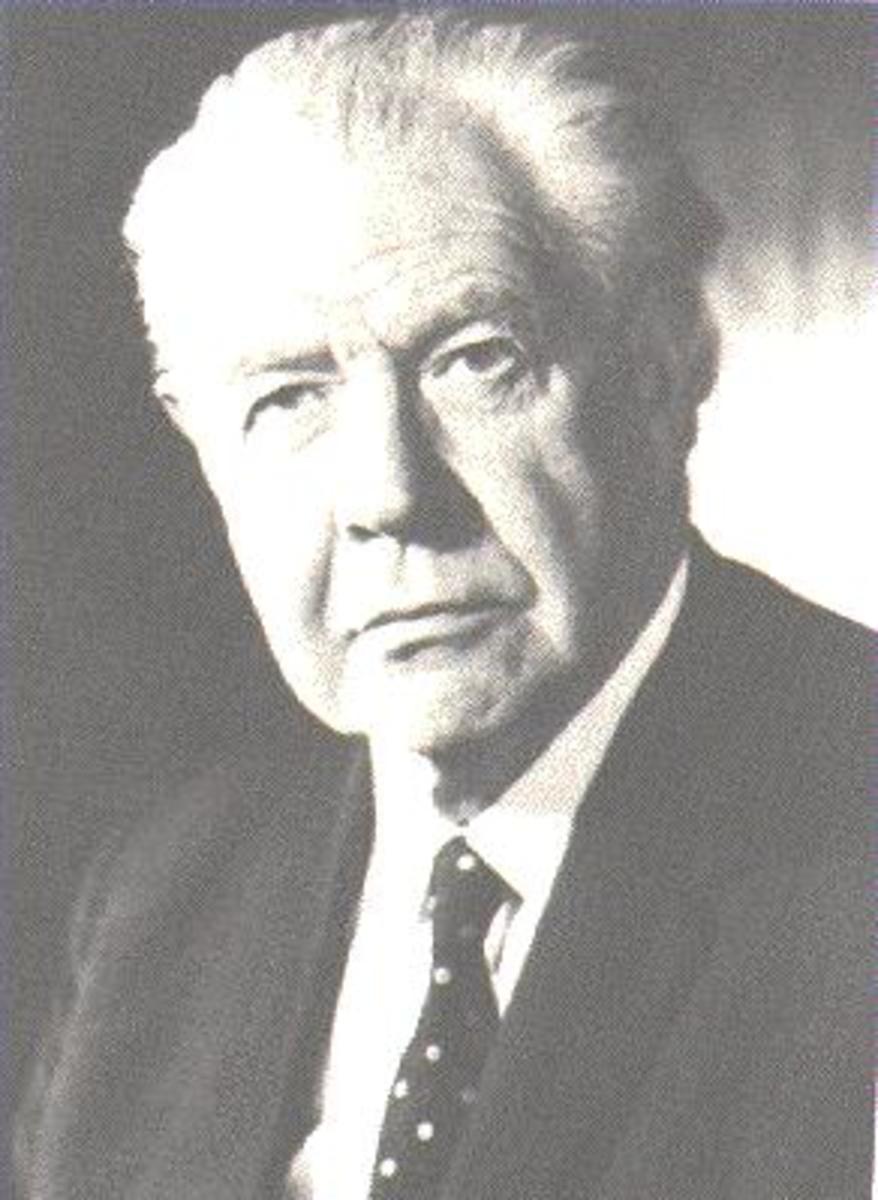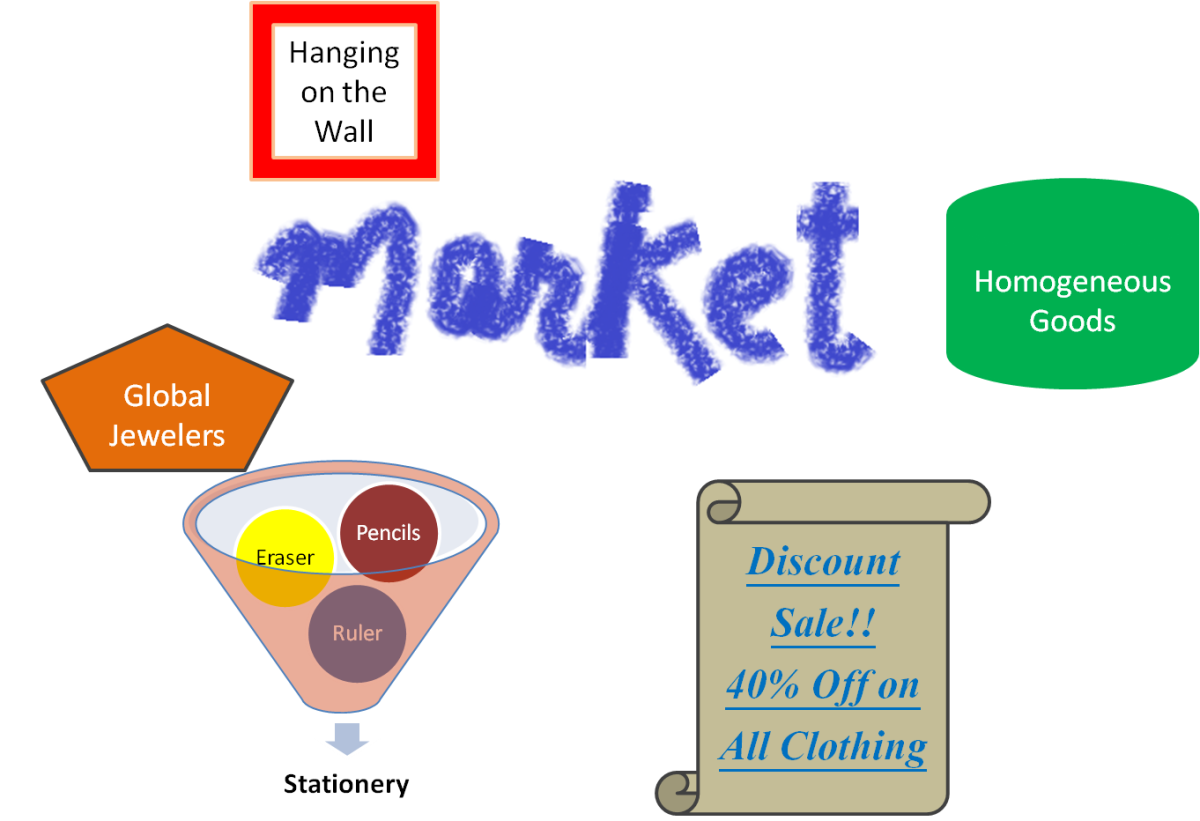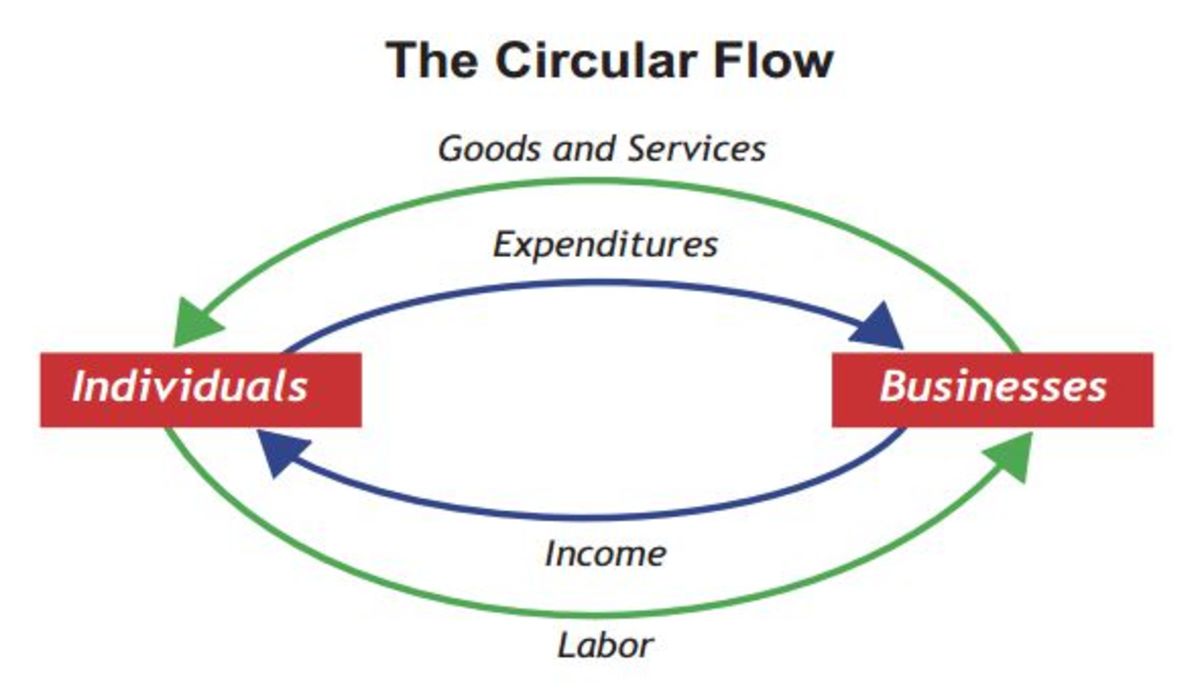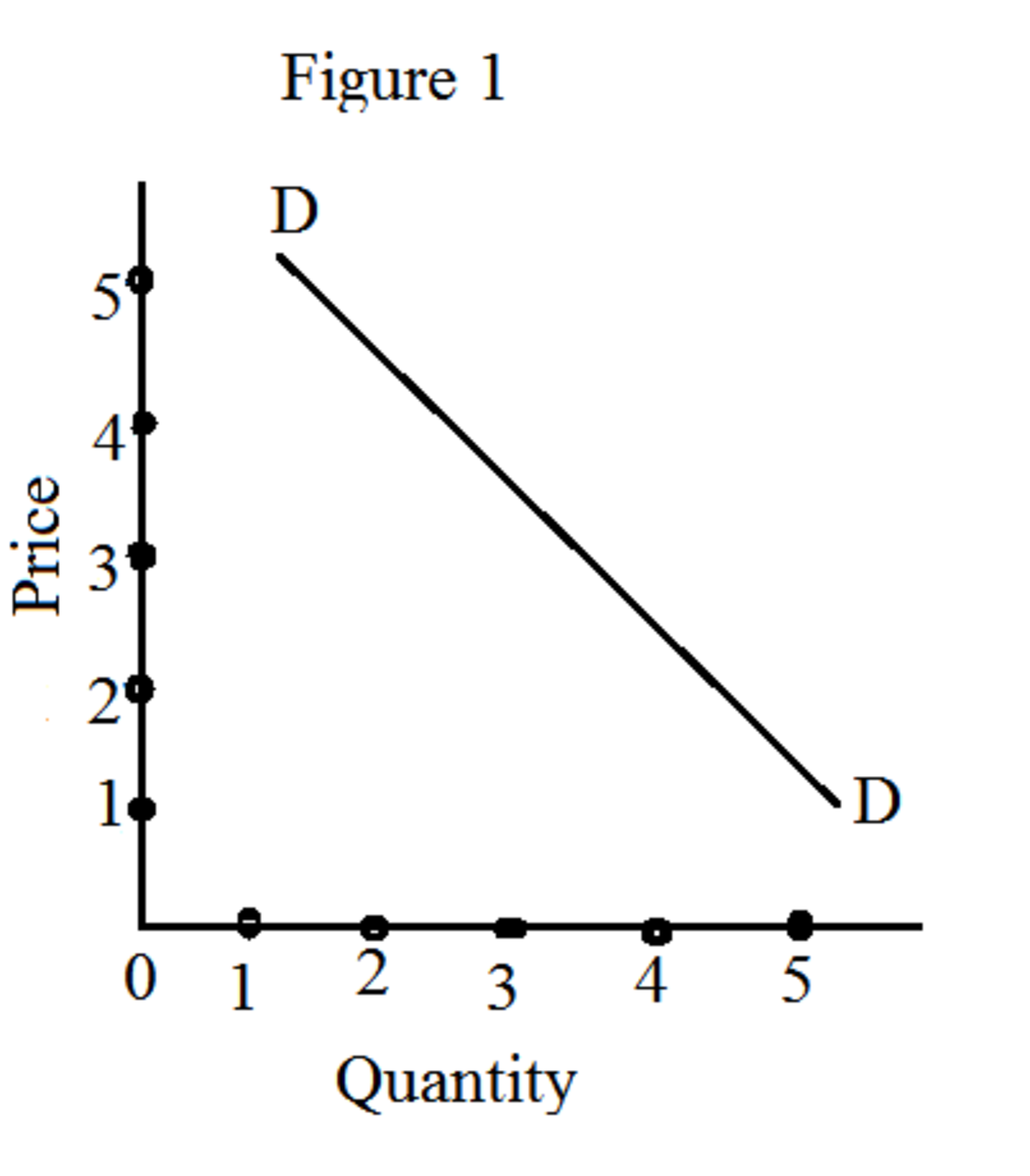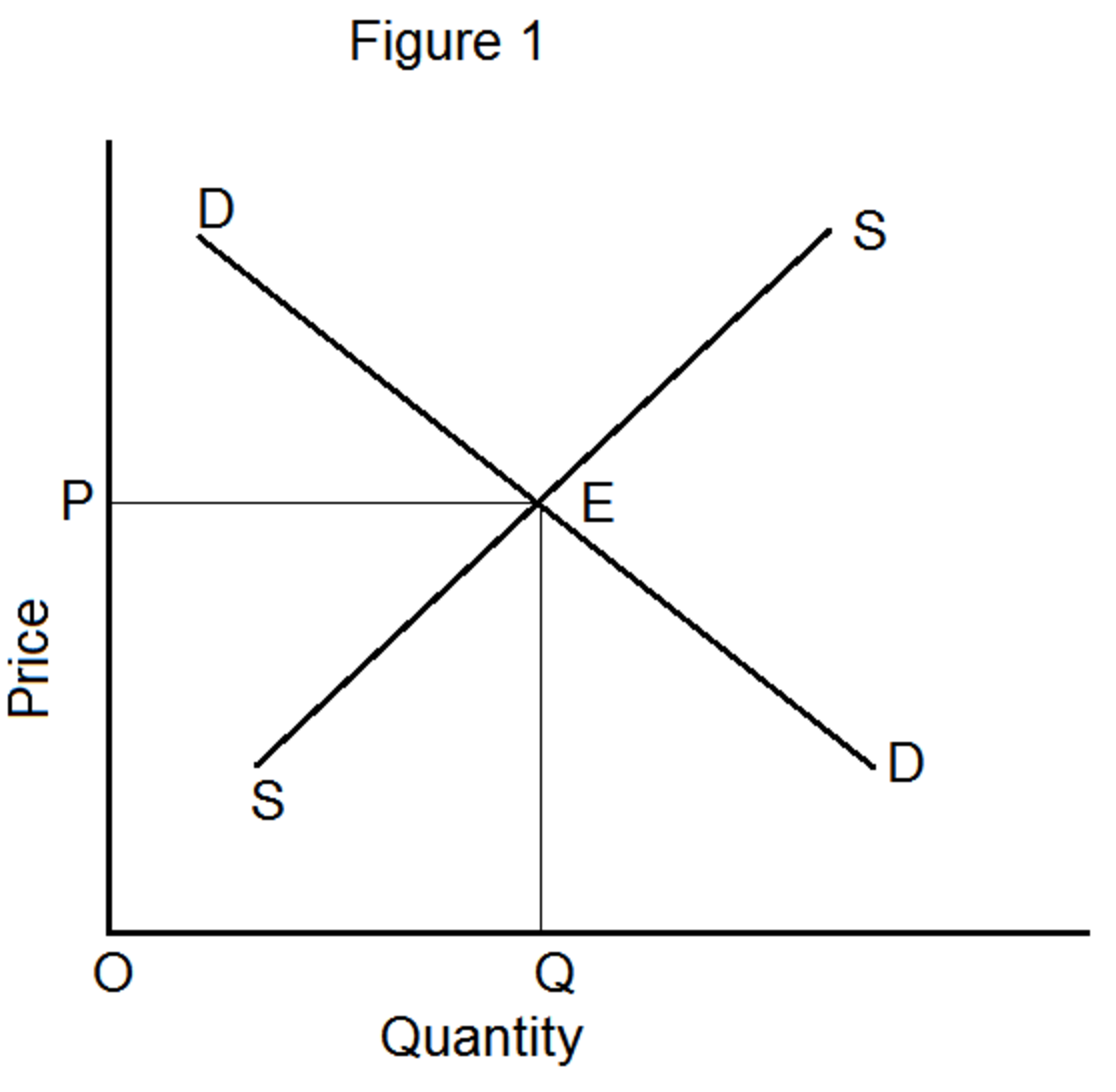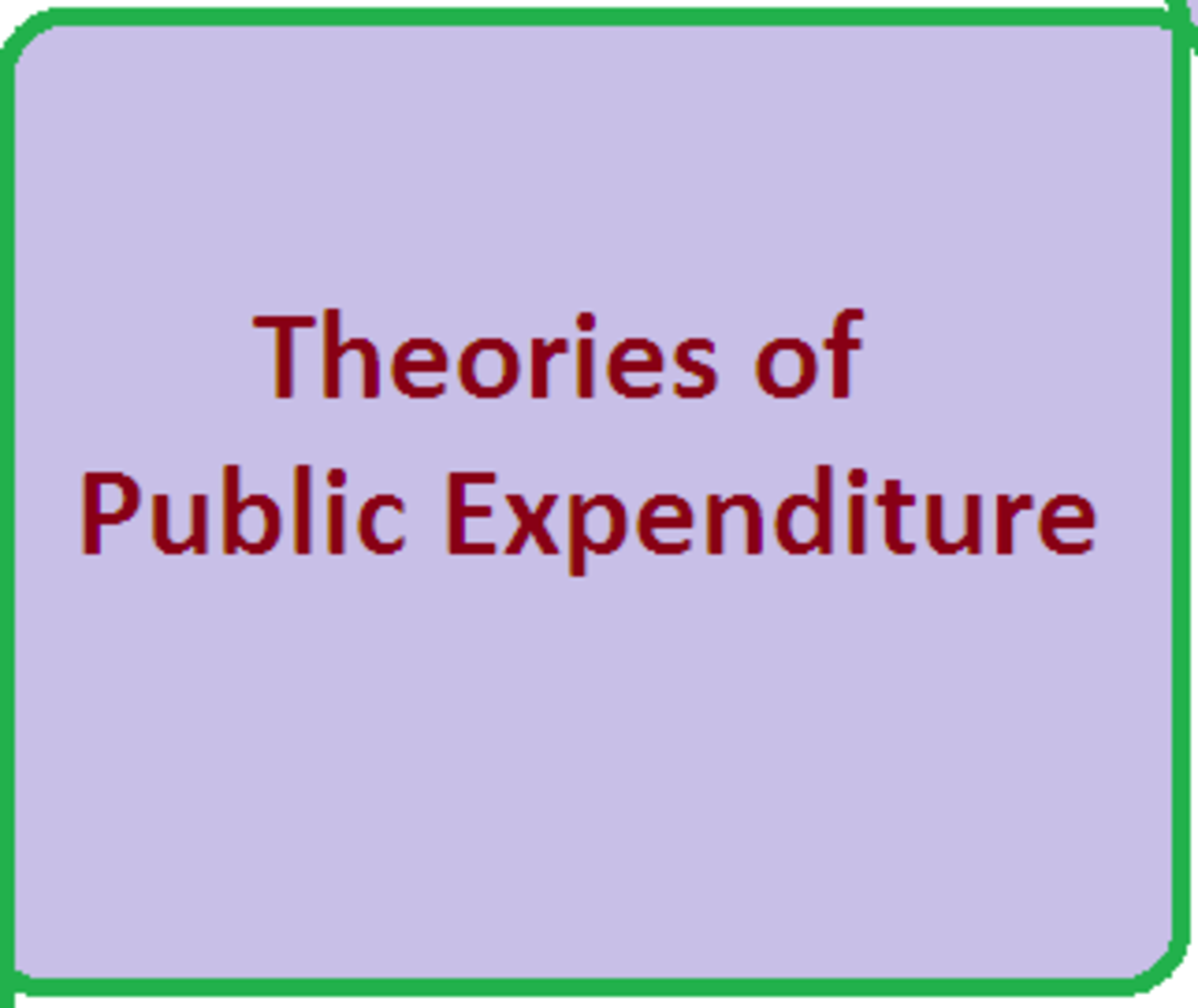Economics Q & A
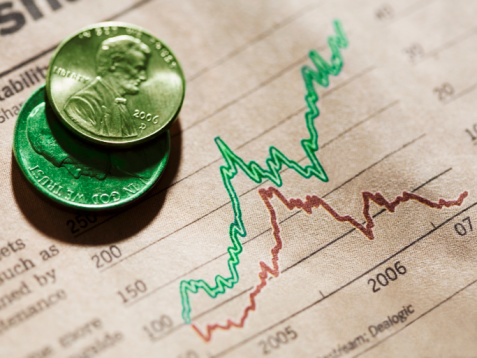
Definition of economics
a) Definition of economics
In general, Economics is the study of production, distribution and consumption of goods and wealth in the human society. All these three cycles are crucial for the process to move on and any problem in any of these three cycles may cause a lot of chaos and confusion.
Scarcity is one condition where the required product or good is not available in sufficient quantity, thereby limiting your access to such goods. Scarcity is an economic problem, when there is a scarcity then a choice has to be made (Craig et al, 2004). Scarcity mandates choice. One has to decide upon or make choice as to which all they want and which all they can do away. A lot of importance is given over choice and scarcity as it directly hits upon the core object of the subject, Economics.
Let us look at the definition of economics in connection with that of scarcity and choice. The scarcity and choice aspects plays a vital role in the field of economics and determines the way a particular good has demand in the market. One of the most comprehensive definitions given by the renowned Economist Lionel Robbins addresses the issue of choice and scarcity. He states that "Economics is a social science that studies human behavior as a relationship between ends and scarce means which have alternative uses. That is, economics is the study of the trade-offs involved when choosing between alternate sets of decisions." (Robbins, 2007)
b) What is meant by concept of opportunity cost?
Concept of opportunity cost is one of the most common and also most used principles in the field of economics. The concept works such that the highest valued alternative must be left when a choice is possible. John Stuart Mill was the first to develop the concept of opportunity cost.Opportunitycost is the second best cost choice that someone is able to get out of several other choices. This concept is also looked to provide the basic relationship between scarcity and choice. The opportunity cost concept makes sure that cost plays important role in the usage of scarce resource efficiently (Head & Shi, 2003).Opportunitycost is just not about financial or monetary costs but also includes lost time, real cost of output forgone and other benefits that provide utility.
There are three types of costs available. The explicit cost, implicit cost and that of opportunity cost. Explicit costs are those that require a money payment and implicit costs are those that do not require any money payment. The combination of both of these forms is that of opportunity cost that includes both explicit and implicit costs. In economics all work in a chain and are interrelated. In case of scarcity, the necessity to trade-off comes and the trade-offs results in opportunity costs.Opportunitycost is just the opposite of the accounting costs. Accounting costs does not consider forgone opportunities whereas the opportunity costs involve the forgone costs as well. Though opportunity costs involve both monetary and non-monetary terms, it often is expressed in non-monetary terms.
c) An explanation of the difference between micro and macro economics.
Microeconomics looks at the economics issues at a micro level whereas macroeconomics looks into the same at a higher level than that. Microeconomics is the study of decisions that involves the individuals and also the business decisions of an organization whereas the macroeconomics goes up one stage and deals with the issues of the government and the country as a whole. Both these areas of economics enjoy equal prominence and have a wide range of underlying principles.
In general, microeconomics is the study of decisions that people and businesses make with regard to the distribution of resource and also the prices of the goods and services (Rupert et al, 2000). Microeconomics mainly deals with the determination of the price that is experienced in an economy. It shows attention on supply and demand and also other areas that impacts the price levels. Microeconomics area strives to develop the company and its growth by paying attention to the production part. The concept of microeconomics has different principles and each of them is independent from each other. Microeconomics gives more importance to the theoretical values.
Macroeconomics looks the economic situation at a macro level and looks at the economic behavior about a particular economy in a country instead of targeting at a specific company. It analyzes economy and the impact of it in the whole of country. It touches upon issues like that of Gross National Product and encompasses the social issues like that of unemployment, growing population, national income, price levels and also the rate of growth. It also considers the up and down of exports and how it affects the economy which gets connected again to the unemployment issues. Thus both these branches of economics have their own target groups and aims for the economic development at their own respective areas. The concept of macroeconomics is very much interdependent on each other. Macroeconomics gives more value to that of practicality.
Definition of Economics
Economics and Graphs
a) Show how an individual demand curve (schedule) is derived and how market demand is derived.
Individual demand curves are represented by the horizontal summation of a market demand curve. In the production process, the primary initiator is the individual demand. The only factors which are influential are the income constraints, the preference curve and the prices (Sen, 2004). The demand curve would slope negatively if the price is lower, since the demand would automatically increase.
b) What is a firm’s output decision in the short-run
Short run is the conceptual time frame where at the least any one factor of production is fixed whereas the others are in variable amount. For instance, most of the times the firms can vary the quantity of labor but the quantity of capital is fixed.
Output decisions of firm will always look upon to maximize profits that are mainly dependent on that of the costs. Every firm has both long run decision as well as short run decisions. Some of the major areas that are involved in the output decision are that of the size of the cost structure and also the ratio of the capital to that of the labor (Martin, 2002). It is a time frame in which amounts of some resources are pre-determined. Fixed resources are the firm’s technology, tools, infrastructure and the administration of the organization.
It is one of the important aspects to address in economics. When firms are deciding in the short run as to how much output to make in a given time frame, the first and foremost thing that they do is to equal that of the marginal cost to that of the marginal benefits. In case of a short run scenario, many types of taxation schemes can bring about a change in the optimum production level while the other types of taxation do not alter the output decisions of the particular firm. In case of oligopoly, short run is preferred by the firms as they underestimate the competition and set a lower price that comes below cost. In the short run, the firm may seem to lose money but in the long run the value of the shares of the firm will keep increasing in the market.
c) What is a firm’s output decision in the long run
Output decisions are less restricted in the case of long run mainly because of the fact that a firm does not have fixed factor with regard to production and that firms have the right to enter and also relive from an industry. Long run is the period over which the quantities of all resources can bring about for a change. The long run stage is that of the planning and implementation level. It is not possible to reverse from a decision that has been made with regard to the long run. It has to go by it if finalized. In case of long run, all firm can vary the quantity of capital as well as the quantity of the labor thus all the firm’s costs are variable.
In case of long runs, firms alter the production level with response to that of the profits and losses of the economy, the land, the capital goods, labor and entrepreneurship which keeps changing to touch long run average costs. A firm may bring in some changes in order to move about in the long run. It may enter an industry in response to the profits, may leave the industry because of losses, increase it operation plant in response to profits or bring down the number of plants in response to losses.
Economics and Graphs
Economic Equilibriums
a) How an equilibrium price and equilibrium quantity is achieved
In Economics, the word equilibrium is used to connote a state of rest. It is a condition where the economic forces are balanced and in case of no external pressure, the values of the economic variables will not change (Burkett, 2006). If a particular market is in equilibrium then it means that both the price of the goods and also the quantity bought and sold have come to a state of rest. The equilibrium price and equilibrium quantity are values for the price and quantity that are in the market, which once achieved will become constant and change can be expected only in case the supply curve or the demand curve shifts.
The equilibrium price will not undergo a change unless and until the demand or supply change. In case of increase in the supply there will come about a change in the equilibrium of price as the goods can be obtained at a lower price then what it is available for currently. In this case, a new equilibrium is achieved in the market quashing the current one.
b) The effects of excess supply on market equilibrium
The entire economic cycle is very much dependent on the supply and demand theories. Economic equilibrium is a condition wherein the market is kept at rest. It is a position wherein the current stand of the market is left undisturbed. There are two types of equilibrium which have a great impact in the way the cycle operate. Equilibrium price and equilibrium quantity are the two important dimensions available to that of equilibrium in the market. Any slight deviations or changes in the market will impact the price factor adversely. It is a condition where the market state is not put to pressure from any of the external factors.
Supply and demand have a very great impact on the equilibrium. When there is a change in the way the supply operates then there will be a change brought in the equilibrium price and equilibrium quantity. In case, there is more supply made with regard to a particular goods or products then the price will decline considerably. Similarly if the supply of the goods decreases in the market then there will raise a demand for that particular product in the market which will result in the surge of price. The increase in supply will result in price cuts which will decrease the price cuts which in turn will decrease the quantity supplied. This condition will lead to a increase in the quantity demanded.
c) The effects of excess demand on market equilibrium
Demand has a greater impact on equilibrium. Equilibrium is a point where the quantity demanded and the quantity that is supplied is at an equal level. The increase or decrease in demand will also affect the equilibrium or the state of rest in the market. If the demand for particular goods or commodities increases and the supply is limited then the price of such products will increase to a considerable level and also the equilibrium quantity will change along with the equilibrium price. In case there is necessary supply to meet up with the demands in the market then the price will undergo a slight change. In general scenario, it is not possible to attain equilibrium price and equilibrium quantity as it keeps changing constantly. When there is a decrease in quantity supplied then there will be an increase in quantity demanded which will result in price hikes.
Economic Equilibriums
Economic Markets
a) Explain clearly what is meant by perfect competition
Perfect competition, in the field of economics, explains market in a way that the onus of the market determination does not rely upon a few groups alone. It functions in such a way that no market player is large enough to set the price standards of a homogenous product. The conditions of perfect market are very strict and hence there are only few perfect competitive market. When a market is under perfect competition then it means that no player can determine or manipulate the pricing. The price of the products that are brought or sold cannot be influenced by any of the players.
In case of perfect competition, the participant faces the market price which is equivalent to that of the market cost. It is not possible to arrive at a general equilibrium since abandonment of price taking creates considerable difficulties. There will not be much of profit generated in the case of perfect competition, unlike that of oligopoly and monopoly, and the firm will make money only to meet up with the economic costs. In the long run, perfect competition will not earn one much of a profit.
Perfect competition is one scenario where there are many buyers and many sellers. The products are also homogenous which means identical. All the important factors like look, functions and size are same which does not give the product a separate identity. This calls for no advertisement costs as well. There are no restrictions with regard to the entry or the exit of the firms in this type of competition. It is imperative to have a perfect knowledge about the market in order to sell or buy these products. As the market functions based on demand and supply, there will not be any government intervention made to stabilize the condition.
b) Explain clearly what is meant by oligopoly
Oligopoly is a market condition where a market or industry is ruled over by a group of sellers. The small numbers of sellers who are part of this are called as oligopolies (Vives, 1993). Since it is a small group, the actions of each other in this type of competition are closely monitored. The decision made by any one among this group of players will affect the rest of them in the group. Only a strong strategic approach will give a good standing for the players in the market. The oligopolists act individually and also as a group. They can combine and act and can bring about an altogether different dimension to the market. They can jointly bring artificial demand in the market by reducing the supply of that particular product or commodity which may result in price surges. This way all of them in that particular group get benefited.
Some of the characteristics of an oligopoly include profit maximization, the ability to set prices. There are great barriers for entry and exit in this type of competition. One needs to have patent rights and must invest on expensive technologies and make strategic actions in order to enter the market. When it comes to profit, the oligopolies can make huge profits and can also sustain and grow the profits to an abnormal level in the long run. Though they are price fixers they are very much interdependent on each other and thus cannot take any individual decisions with regard to the field. A constant monitoring of the competitor is required in order to keep the business going smoothly. Patents and brand loyalty pose a major problem to any new entrants to a particular field in oligopoly. Price leadership in such kind of scenario is possible but only in the case if they have dominance in the market as a whole.
The oligopoly market will go for both homogenous products and also the differentiated products as well. Some of the oligopolistic industries offer standardized goods and products like that of iron and steel whereas the others offer differentiated product that comes in different forms and is entirely different from the competitors.
Economic Theories
a) An explanation and evaluation of what is meant by Keynesian economics
The Keynesian economics emphasizes that the fiscal policies can act to bring about the leveling of the economy and keep it in a stable condition. This theory suggests that the government should intervene in order to keep the market smooth instead of waiting for the market to get clear by itself. The theory propounds that the decisions made by individuals and business sectors will have an impact on the macroeconomic condition and hence the government should take actions including the monetary policies in order to bring about the stableness in the business cycle (Costanza, 1997).
According to the Keynesian theory, the changes in aggregate demand, whether it is expected or unexpected, have the greatest short run effect on the real output and employment and not on the prices. When unemployment falls inflation will rise and thus there needs to be a proper balance in the way the changes operates in the economy. According to this branch of economics, the prices and wages respond slowly to the changes in the supply and demand thus resulting in shortage and surplus in labor and other areas periodically.
Keynesian economics proposes a mixed economy that comprises of the private sector as well as the government and public sectors. Through the government stimulus programs a lot of changes can be brought about the way the economy operates. Some of the microeconomic actions when put together will give rise to the impact on the macroeconomic conditions that may hinder the development. An active government policy is the only way to manage the economy. The theory suggests that the government should be aware of much slight but grave change in the economy and should solve problems in the short run instead of waiting for the long run to address the issue as already the situation would have gone out of hand and will only aggravate the situation rather than solving it.
b) An explanation and evaluation of what is meant by Monetarist economics
Monetarism focuses mainly on the macroeconomics effects of supply of money and central bank. This is one of the popular theories of economics which believes that the supply of money is closely associated with that of performance of that of a particular economy (Bormann et al, 1991). It depends on the long-run monetary neutrality, short-run monetary non-neutrality, the distinction between real and nominal interest rates and the role of monetary aggregates in policy analysis. The money supply comprises of all the economy that are available in a particular economy. It is a well known fact that the good supply of money will lead to inflation and in case of more money available, there is an imbalance felt in the economy. This will make the business or industries to increase the price of the commodities or services as people are now in the position to pay a higher price for the service. Monetarist does not support the expansive fiscal policies as they feel that it will cause greater rates of inflation.
Unlike the Keynesian theory which targets at the macro-models of the economy, the monetarism theory followed the policy of treating the entire economy as having supply and demand equilibrium. Monetarism is known to have a better practical approach as it does not require government intervention in the economy to a greater level. This theory provided with a more balanced view towards the monetary policies.






